Exchange rate upward pressure on
THERE were signs this week that the grey market was slowly returning from its brief sabbatical following the monetary policy dawn raid of June 24 that called out the multi-currency regime sired in February 2009.
When the multi-currency was summarily repudiated by the executive arm of government, the grey market for foreign currency had the RTGS dollar hurtling at break-neck speed towards 15 to the US dollar. The alternative market, in what appeared to many observers as having received a mortal wound, had practically ceased trading, leaving the inter-bank market to call the shots.
The latter moved up from the six band, creeping towards the neighbourhood of nine. At the time of writing, the grey market's wound had seemingly healed, with rates offered therein creeping upwards of 10, while the inter-bank market had retreated to the eight band. The lack of convergence of the two markets needs to be interrogated as it may give us a heads up on the likely path of movement of the forex rates in the medium-term.
As was empirically argued in this column during the 1:1 era, there were three related forex rate-determining variables: Broad money supply, levels of exports and imports. The extent to which broad money supply was not backed by our exports was the US dollar exchange premium. Our merchandise imports, on average, exceeded our exports by 33%, meaning that the gap to meet our imports was supplied from non-merchandise export sources, chiefly diaspora remittances and non-banked forex holdings transmitted through the grey market, and to a lesser extent, the export commodities backed trade credits extended to our central bank by Afreximbank. Following, the untethering of forex pricing from the 1:1 shackle, allowing the formal market to float, coupled with decreeing the Zimbabwe dollar as the sole legal tender for local transactions, the model for pricing forex has fundamentally changed.
What are the new forex pricing parameters and variables at play now?
In my opinion, the movers of forex rates in the new monetary regime are still primarily import demand and export earnings. The modified third variable is the liquid portion of broad money supply, that is, M1 and M2. The non-financial movers of forex are what they have always been — political stability and policy consistency as it relates to all things economic.
We have three forex movement scenarios to contend with.
The first scenario assumes that fiscal discipline will be maintained, with broad money supply kept under check at the current level of ZW$10 billion. This also takes it for granted that the pay rise government wants to award government-paid workers will be funded wholly from the claimed fiscal surplus. By extension, it is also assumed that our banks will not be engaged in significant short-tenure credit-creation, especially with the 50% overnight interest rates placed by the Reserve Bank of Zimbabwe (RBZ) on inter-bank borrowings.
With broad money supply reined in, we expect the RBZ to print notes worth ZW$1,5 billion, the 15% level that is common practice in global central banking. The assumption is that the $500 million bond notes already printed and the almost ZW$1 billion electronic balances will be retired from circulation. This is something to be closely tracked.
In our first scenario, we make two further assumptions. First, we assume that US$2,2 billion worth of Treasury Bills (TBs) issued during the 1:1 era due to mature this year will be converted to Zimdollar at 1:1, meaning banks will have no choice but take massive exchange losses. It is assumed that these TBs will be rolled over or converted to longer-dated paper, effectively delaying pouring in liquidity in excess of ZW$2,2 billion.
Second, an assumption is made that government will discontinue financing the Special Programme on Grains and Livestock (Command Agriculture) from the fiscus.
This will leave us with a liquidity circa ZW$1,5 billon. This will be the liquidity chasing forex to meet import demand on a monthly basis. We do not expect forex supply to improve. Persistent fuel queues and bread shortages, despite claims by the RBZ that US$330 million worth of letters of credit were made available for imports of fuel, edible crude soya oil and wheat are tell-tale signs that forex demand and forex supply gap has widened. This model rules out the impact of the holdings in individual nostro accounts said to have been creeping towards the US$1 billion mark for this simple reason: due to low confidence levels, the nostro holdings are mainly held as a store of value.
Once the US$330 million letters of credit are exhausted, in the absence of another lender willing to take a risk with Zimbabwe, I do not see another major line of credit coming from Afreximbank. Our average monthly import demand is circa US$470 million.
Based on the foregoing assumptions, under scenario 1, the Zimdollar:US dollar rate should stabilise around 3,2. It does not need much polemics to see that the chances of this outturn has an extremely low probability, given the many assumptions housed into the scenario. If the assumptions were realistic, the interbank market should have quickly converged around 3,2. This leads to scenario two.
In scenario two, we bring in the US$2,2 billion TBs maturing this year, with the assumption that these TBs will be re-priced to ZW$2,2 billion. This additional factor sees the rate converging and settling in the neighbourhood of 7,9. This appears to be the level at which the interbank is tending. The grey market, on the other hand, seems to be factoring in the almost ZW$1 billion electronic balances, betting that the RBZ is not going to retire these. This dictates a rate circa 10.
Scenario three brings in the possibility of Command Agriculture being financed from the fiscus. Records show that in the past, US$650 million was spent on the government-financed agricultural programme. Financing the agricultural programme from the fiscus through TB issuance and from the RBZ overdraft facility is likely given that the private sector is likely neither to have the appetite nor the financial muscle to engage in contract farming at the level that will make government assistance redundant due to the uncertain and unpredictable operating environment. So we are most likely to be back to the helicopter money days.
Assuming that government starts leaning on the fiscus today to finance the agriculture scheme at historical levels, about ZW$6,5 billion will be poured into the market. We would expect the rate to briefly move towards 22. At this point, confidence levels will be extremely low such that a huge confidence premium will set in as the printing press is likely to be heated up to contain inflation-driven civil service wage adjustment pressures. From that point onwards, it will be a matter of how far the forex rate soars above 22 towards who knows where?
Legend has it that once in colonial India, there was a plague of cobras. The government of the day looked to its economists for help. Typical of economists, they proposed an incentive; anyone catching a cobra would be rewarded monetarily. Holy cow, the cobra population dipped. Barely after the celebrations had started there were reports that the cobra population was on the rise — people were now farming cobras for income! Government economists convinced the government to remove the incentive. People obliged by releasing the deadly snakes; there were now more cobras than before the incentive.
God forbid that this cobra story unfolds here.
Brett Chulu is a management consultant and a classic grounded theory researcher who has published research in an academic peer-reviewed international journal. —brettchuluconsultant@gmail.com.
- Zim Ind
 Concern over Masvingo black market
Concern over Masvingo black market  Kenya declares three days of mourning for Mugabe
Kenya declares three days of mourning for Mugabe  UK's Boris Johnson quits over Brexit stretegy
UK's Boris Johnson quits over Brexit stretegy  SecZim licences VFEX
SecZim licences VFEX  Zimbabwe abandons debt relief initiative
Zimbabwe abandons debt relief initiative  European Investment Bank warms up to Zimbabwe
European Investment Bank warms up to Zimbabwe  Young Investment Professional (YIP) Graduate Programme 2019
Young Investment Professional (YIP) Graduate Programme 2019 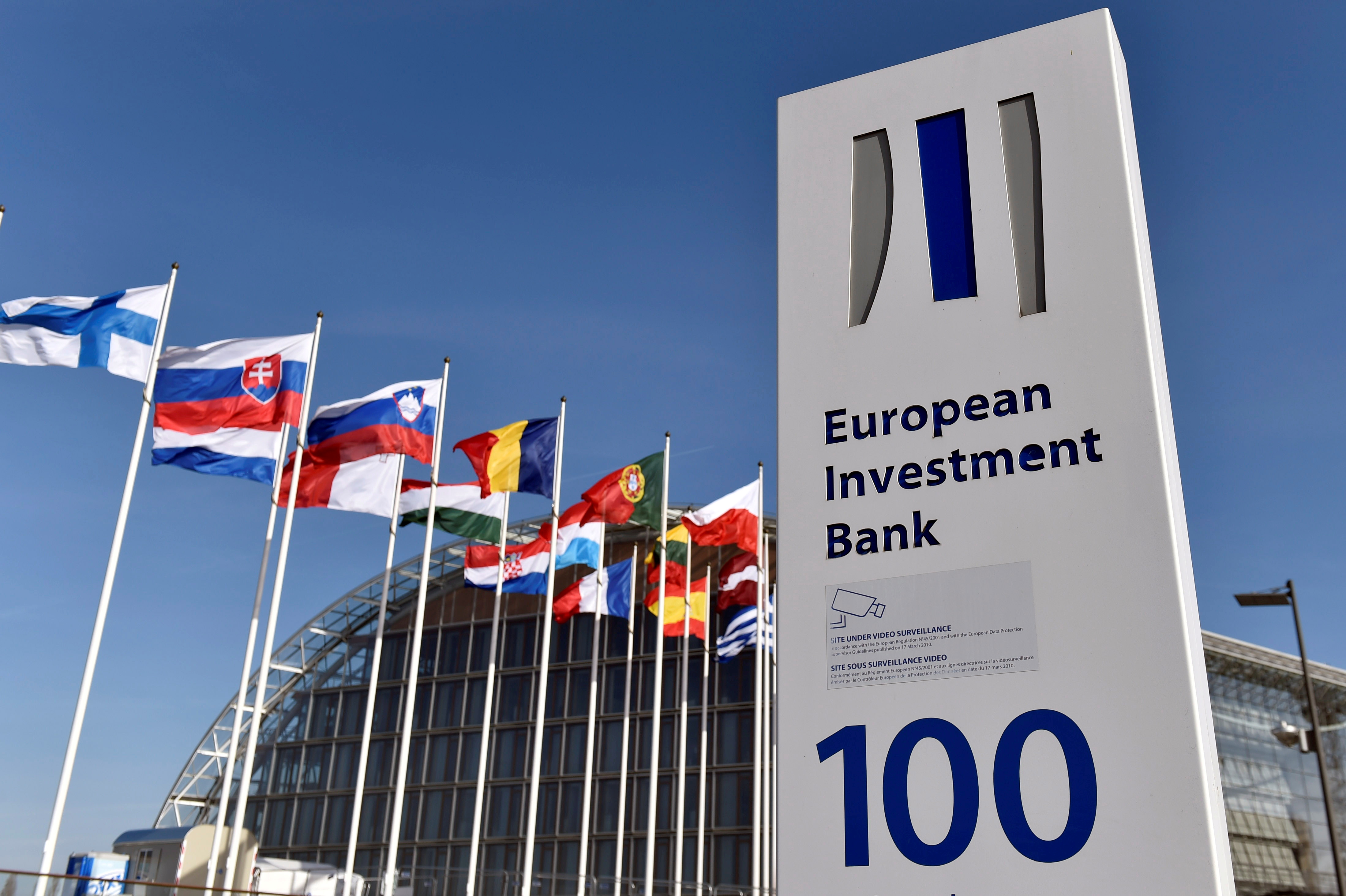

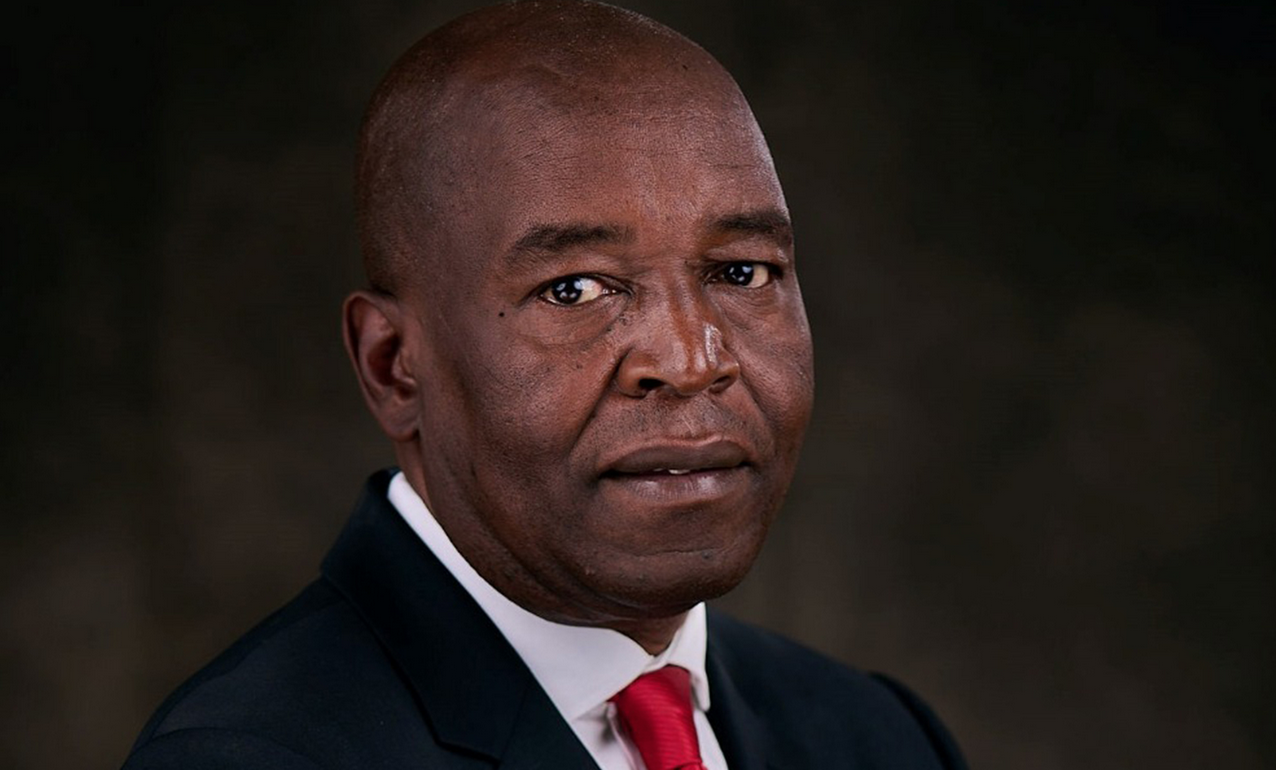

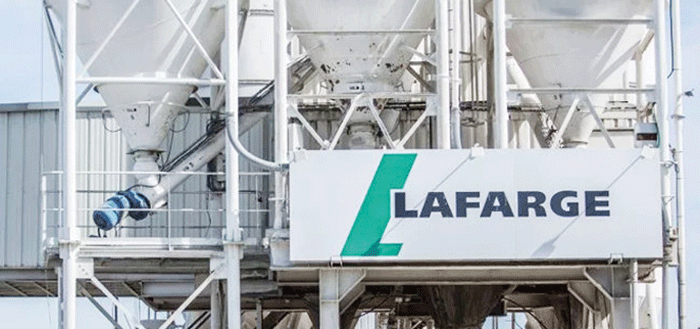
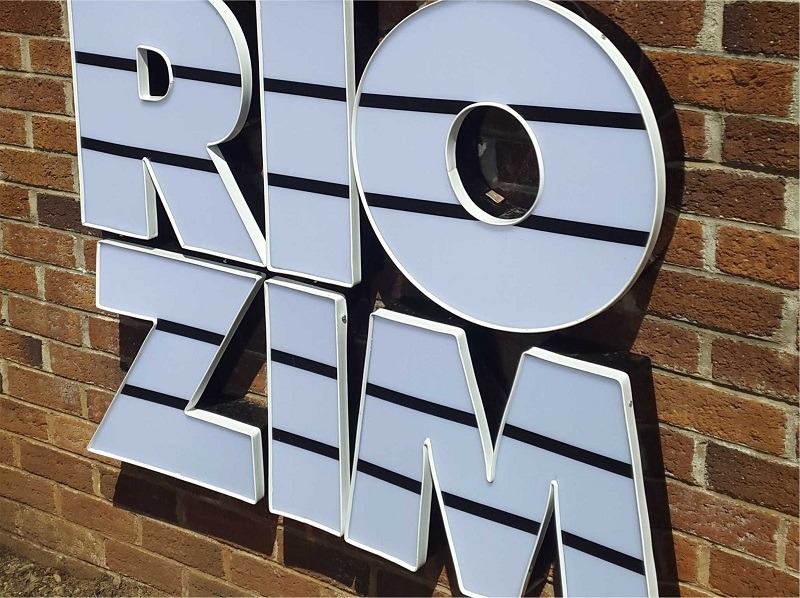


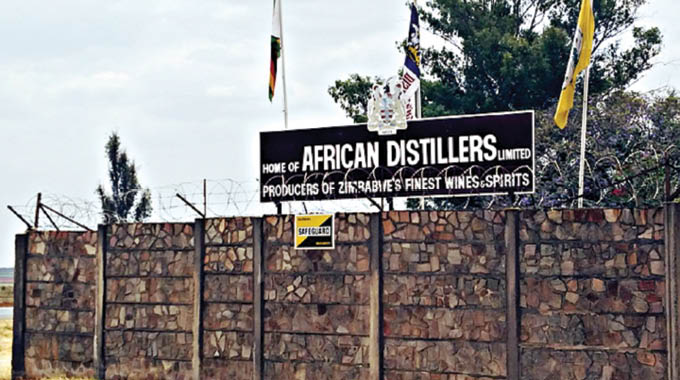


 Young Investment Professional (YIP) Graduate Programme 2019
Young Investment Professional (YIP) Graduate Programme 2019
Editor's Pick